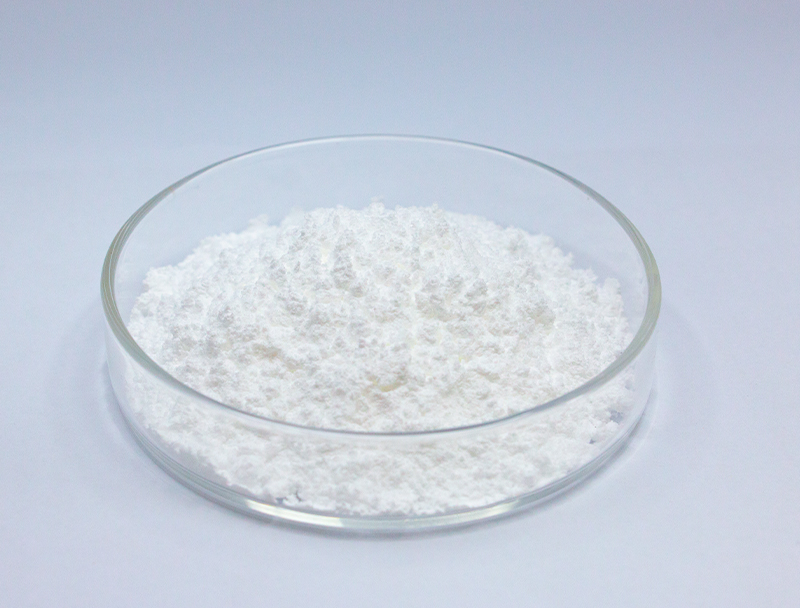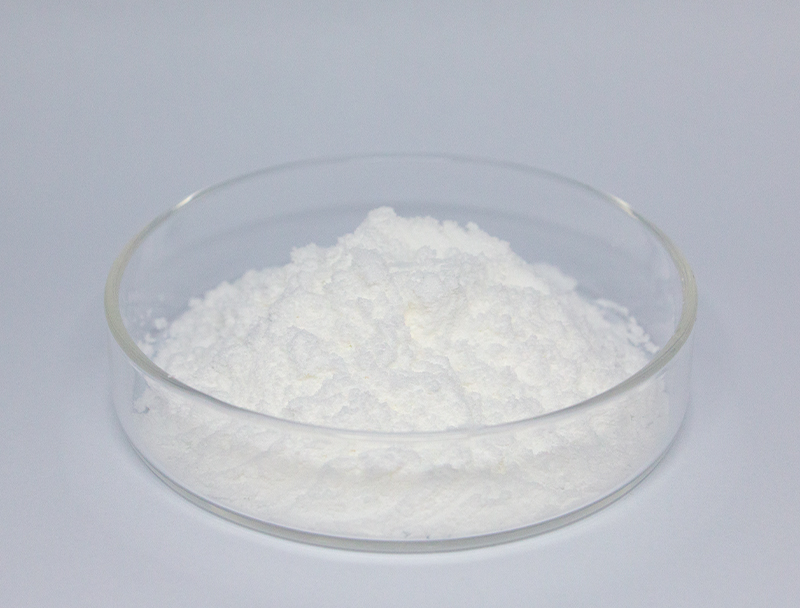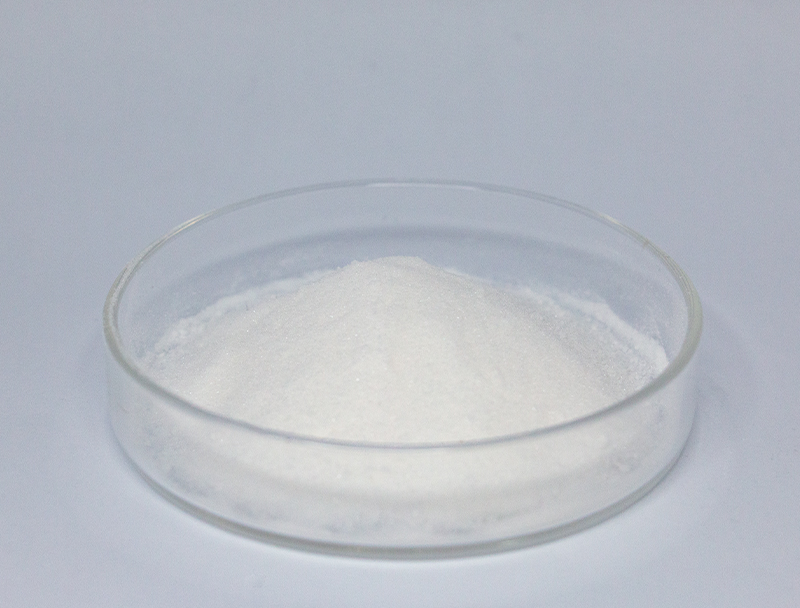
Biotech manufacturing draws predominantly from a vast array of biomass sources to produce innovative bio-based products.
Ensuring durable supply chain sourcing underpins enduring viability and ethical market growth.
numerous problems stemming from established sourcing methods like ecosystem disruption and unsustainable harvesting. Hence, industry players ought to pursue innovative supply solutions to lower carbon burdens.
- Examples of sustainable sourcing practices include:
- Integrating compostable agricultural waste into supply chains
- Installing reclamation workflows to diminish waste and heighten recovery
- Connecting with nearby vendors prioritizing responsible supply
Adopting sustainable feedstock strategies yields environmental wins alongside fiscal sustainability.
Refining Biomass Sources to Enhance Fuel Conversion
Improving fuel production performance hinges on the attributes of biomass inputs. Researchers repeatedly investigate innovative methods to enhance feedstock potential, achieving increased output and long-term energy sustainability. Methods encompass cellular engineering to augment biomass output and refining processes to liberate fermentable carbohydrates.
- Additionally, researchers are focusing on identifying new sources of biomass, such as algae, waste products, agricultural residues, to expand the range of sustainable feedstocks available for biofuel production.
- With persistent development the field will likely demonstrate notable gains that foster a more sustainable energy system.

Optimizing Early-Stage Biomanufacturing Processes
spans early manufacturing steps including propagation and cell separation Modern progress within the sector has contributed to more efficient processes and higher production.
Pivotal enhancements embrace high-performance cell lines, balanced media compositions, and intelligent reactor control systems. These innovations not only enhance productivity but also minimize production costs and environmental impact.
- Similarly, continuous process trends grant superior flexibility and refined control across production stages.
- The progression to advanced biomanufacturing approaches should modernize the field and quicken therapeutic progress.

Molecular Editing Strategies to Increase Bioproduct Output
developments in targeted genetic engineering methodologies have modernized drug manufacturing. With exact genomic alterations, researchers improve host productivity for therapeutic manufacture. This approach holds immense potential for developing more efficient and affordable biopharmaceuticals to address a wide range of diseases.
Applying Microbial Tools to Improve Environmental Remediation
progressive microbe-based cleanup tactics that mitigate industrial pollution. Microbial species can metabolize and convert hazardous compounds into benign byproducts.. Applying microbial remediation systems creates low-impact cleanup options that address contamination efficiently.. Investigators study multiple microbial strains for abilities to transform metals, degrade agrochemicals, and process petroleum wastes.. Such organisms are usable in treatment systems or applied directly to soils and waters to drive biodegradation of contaminants..
Biological remediation using microbes yields meaningful benefits compared to conventional strategies. It is a cost-effective and environmentally friendly approach that minimizes the generation of harmful byproducts. Additionally, microbial tactics can target contaminants selectively while preserving surrounding ecological systems. The field of microbial biotechnology continues to advance rapidly, with ongoing research focused on improving the efficiency and effectiveness of bioremediation strategies.
The Role of Bioinformatics in Drug Discovery and Development
Digital bioinformatics methods are central to evolving therapeutic discovery processes. By leveraging complex datasets, bioinformatics expedites discovery and optimizes candidate safety and potency.
- By parsing huge omics and clinical databases, bioinformaticians detect targets and estimate therapeutic responses.
- Similarly, modeling drug–target interactions streamlines design of compounds with better efficacy and selectivity.
- In summary, bioinformatics overhauls pharmaceutical R&D and quickens the path to safe therapeutics for patients.
Metabolic Design Approaches to Boost Bioproduct Yields
employs a variety of strategies to augment the synthesis of valuable bioproducts within microorganisms. Techniques span CRISPR-mediated edits to reshape pathways, synthetic control elements to fine-tune expression, and gene imports to grant new biosynthetic abilities.. Through careful adjustment of metabolic routes engineers can markedly elevate product titers.
Such holistic engineering could impact many areas including medical therapeutics, agricultural outputs, and biofuel production.

Scaling Biopharma: Difficulties and Strategic Opportunities
Large-scale manufacturing brings notable difficulties together with growth opportunities. Keeping consistent product performance at elevated volumes is a significant challenge. Meeting the need calls for dependable control systems, granular monitoring, and cutting-edge analytical methods.

Also challenging is the layered complexity of biomanufacturing encompassing numerous sequential steps.. Refining processes for commercial volumes demands deep R&D investment and novel engineering solutions.. Nevertheless, the upside can be significant. Successful industrialization can broaden availability, trim costs, and raise profitability.
Multiple programs focus on resolving scale-up difficulties. Plans feature next-gen optimization hardware, sophisticated real-time analytics, and forward-looking production strategies.
- R&D initiatives significantly drive enhancements in manufacturing capacity.
- Regulatory agencies are working to streamline approval processes for new manufacturing technologies, facilitating innovation in the field.
Aligning Biomanufacturing with Regulatory Standards for Patient Safety
Producing biopharmaceuticals demands comprehensive oversight to guarantee safety and clinical effectiveness. Therapies derived from biological organisms carry special considerations not typical of conventional pharmaceuticals.
Organizations like the FDA and EMA provide essential guidance and set standards for authorizing novel biotherapeutics..
Stringent experimental and surveillance testing occurs N-Acetylneuraminic acid across the entire development-to-market continuum. The protocols serve to uncover safety concerns and certify that products fulfill rigorous protection standards..
In addition, regulatory entities adapt their frameworks to stay current with rapid research and technological developments.. Efforts comprise integrating cutting-edge tools and easing development pathways while upholding patient safety.

Plant-Derived Feedstocks as a Route to Sustainable Bioplastics
The growing need for sustainable materials has led to a surge in research and development of renewable options. Converting plant biomass into bioplastics offers a credible pathway to environmentally sound products. Feedstocks including cornstarch, plant cellulose, and sugarcane derivatives yield biodegradable plastics which break down and mitigate plastic pollution.
Likewise, some plant-derived plastics perform similarly to petroleum-based materials for a variety of uses.. Continued research and innovation in this field are crucial to unlocking the full potential of plant-based biomass feedstocks in the manufacture of sustainable bioplastics, paving the way for a circular economy.
Biotech Innovations Addressing Health and Food Challenges
Biotechnology offers potent solutions for advancing public health and enhancing food security. By harnessing genetic engineering, synthetic biology constructs, and advanced cell therapies, technologists deliver capabilities to reduce disease burden, raise crop outputs, and increase food value. To illustrate, modified plants designed for pest resilience and environmental tolerance can raise outputs and reduce pesticide application.. Moreover, biotechnology plays a crucial role in developing vaccines, antibiotics, and diagnostic tools that are essential for combating infectious diseases and improving global health outcomes.. As the field evolves, biotechnology is expected to play a pivotal role in shaping a healthier and environmentally sustainable future for all.
